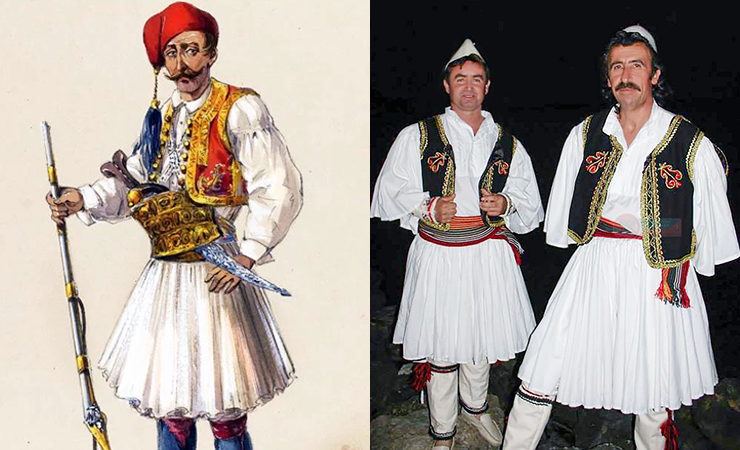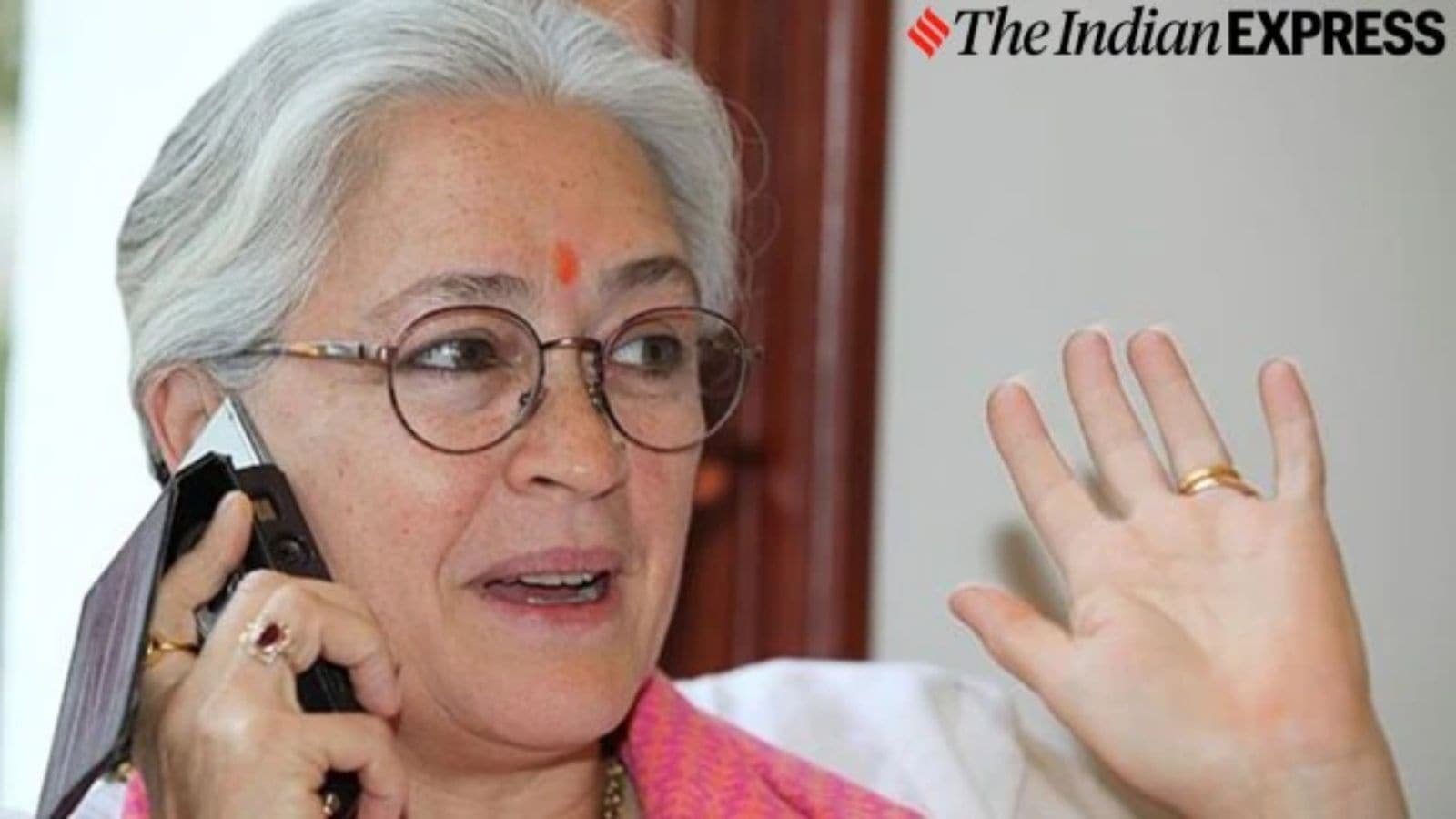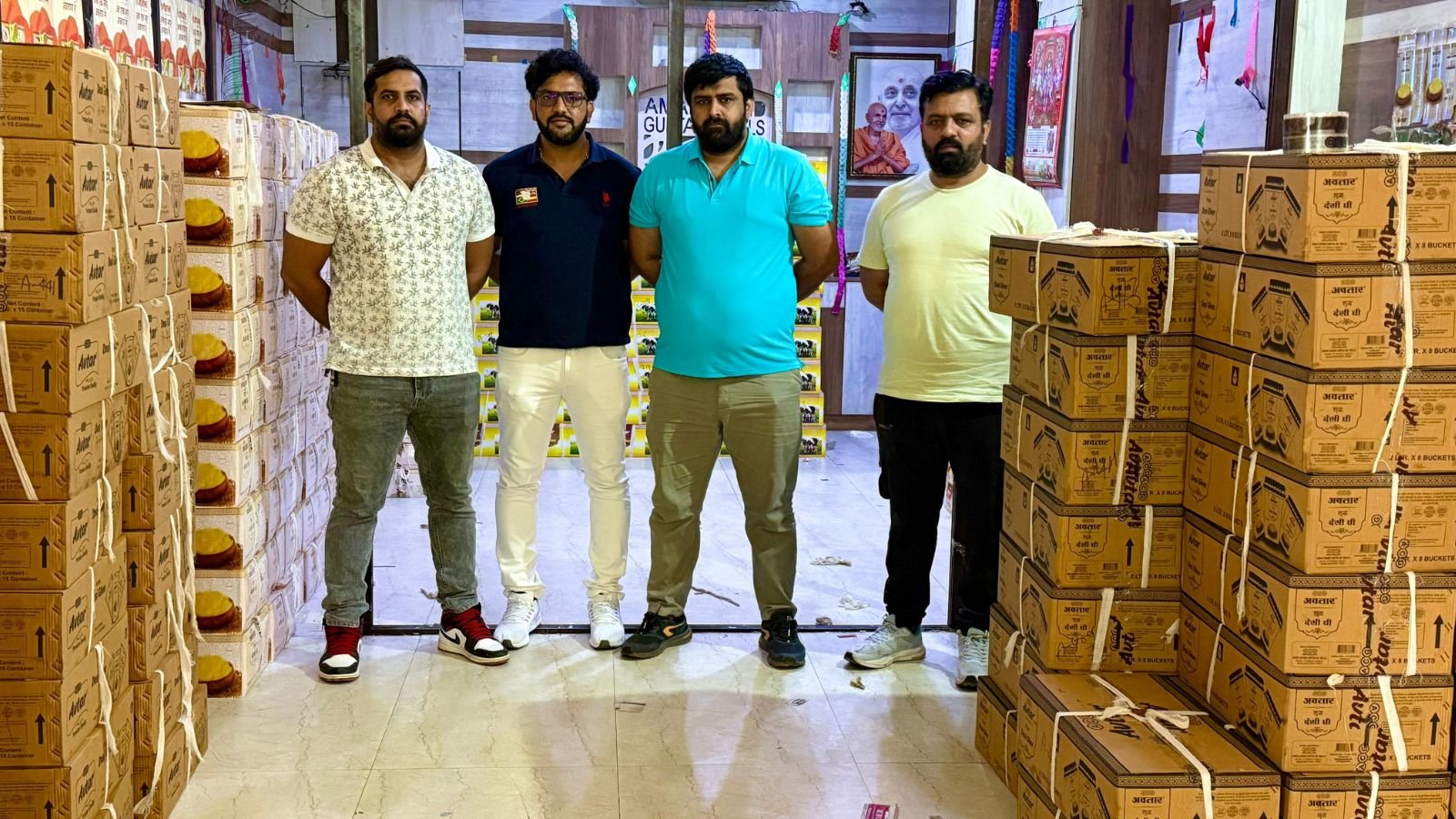Each region in Albania has its own distinct style, with elaborate embroidery, symbolic motifs, and richly textured fabrics reflecting centuries of cultural evolution. From the sharp lines of men’s attire to the ornate layers of women’s garments, Albanian clothing continues to captivate fashion historians and folklorists alike. Here are some essential pieces of traditional Albanian wear for both men and women, offering a deeper look at how dress shaped — and still shapes — national identity.
Albanian Men’s Clothing
Fustanella

The fustanella is perhaps the most iconic piece of traditional Albanian men’s clothing. This white pleated skirt, resembling a kilt, was worn primarily in southern regions and is made from dozens of meticulously folded linen panels. Historically, the number of pleats signified wealth or military status. Paired with a tight waistcoat and leather belt, the fustanella offers both freedom of movement and a powerful visual identity.
Xhamadan

The xhamadan is a tailored, sleeveless wool vest, often richly decorated with gold or black embroidery. Typically worn over a white shirt, it adds structure and prestige to the outfit. The cut of the xhamadan differs by region: in northern Albania, it’s more austere and utilitarian, while in the south it becomes a canvas for detailed ornamentation. The vest represents status and craftsmanship, and is central to ceremonial dress.
Tirqe

Tirqe are fitted woolen trousers traditionally worn by Albanian men, especially in mountainous regions. Often black or dark brown, they feature hand-embroidered designs near the ankles and waist. These trousers are prized for their durability and warmth, making them ideal for Albania’s rugged terrain. Worn with leather belts or sashes, tirqe form the practical base of everyday and festive attire.
Plis (Qeleshe)

The plis, also called qeleshe, is a white felt cap with roots in Illyrian antiquity. Its simple, cylindrical shape is deeply symbolic, representing masculinity, heritage, and Albanian identity. Mostly worn in the north, the cap was traditionally made by hand and passed down through generations. The plis remains a cultural emblem and is often seen during national celebrations and folkloric performances.
Opinga

Opinga are traditional Albanian leather shoes, handmade and often decorated with intricate tooling. Characterized by their pointed toes and leather laces, they are crafted from a single piece of rawhide. These shoes were historically worn by farmers, shepherds, and dancers alike, designed for long walks and rhythmic movements. Today, opinga are a folkloric staple and continue to be worn during traditional dances and ceremonies.
Albanian Women’s Clothing
Xhubleta

The xhubleta is a bell-shaped, layered woolen skirt worn mainly by women in northern Albania. Made from heavy, handwoven fabric and supported by a metallic belt, it creates a strong architectural silhouette. Its intricate patterns, often black with white, red, or gold accents, are rich with ancient symbology. The xhubleta is more than just clothing — it’s a preserved artifact of pre-Christian and tribal Albanian life.
Jelek

The jelek is a fitted vest worn over the blouse, often made of velvet or wool and adorned with metallic embroidery. It enhances the feminine figure and adds a layer of elegance to the ensemble. Jelek vests vary regionally in length and ornamentation, with southern versions typically more elaborate. When worn together with necklaces and sashes, the jelek plays a central role in ceremonial wear.
Çitjane

Çitjane are traditional under-trousers or leggings that women wore beneath skirts or dresses. They are typically white with embroidered cuffs that peek out from under the dress hem. Both functional and decorative, they provide warmth and modesty, especially in colder climates. The embroidery on çitjane often mirrors that of the main garments, creating a harmonious aesthetic.
Shami

The shami is a headscarf worn by Albanian women as a symbol of modesty, marital status, or regional affiliation. Styles and tying techniques vary across the country — in the south, bright silk scarves are folded and pinned, while in the north, cotton scarves are wrapped more conservatively. Color choices often signal the occasion: white for weddings, black for mourning, and red for celebrations. The shami remains a living tradition in rural areas.
Brezi

The brezi is a wide, decorative sash worn around the waist, often woven with metallic threads and bright geometric patterns. It not only secures garments like the fustan or xhubleta but also serves as a visual centerpiece of the outfit. In some regions, women tuck small heirlooms or charms into the brezi as tokens of protection. Its craftsmanship reflects generational weaving techniques and deep cultural symbolism.
Modern Clothing in Albania

Today, Albanians embrace a modern European style, with strong influences from Italian and Balkan fashion. In urban centers like Tirana, contemporary clothing is sleek and cosmopolitan, featuring tailored suits, denim, leather jackets, and high-street brands. However, elements of traditional clothing are still present during national holidays, weddings, and cultural festivals, preserving the legacy of Albania’s rich sartorial past. This fusion of heritage and modernity gives Albanian fashion a unique and evolving identity.




